Recreational sea scooters are a hit with families and divers, but a common question is: how long do underwater scooter batteries last? Battery life depends largely on capacity (measured in watt-hours, Wh) and usage. Smaller 100–130Wh batteries typically last 30–45 minutes, while mid-size 250–260Wh batteries can run up to 70–80 minutes. High-end 300–400Wh packs may reach 90–120+ minutes under ideal conditions. Keep in mind—real-world runtimes vary based on factors like riding speed, water conditions, and battery age. If you plan long dives, always check the battery condition and use the largest battery pack you can afford or carry.
Typical Runtimes by Battery Size
Sea scooters come with a range of battery sizes. Below is a rough guide to sea scooter runtime you might expect for common battery capacities:
- 98–100 Wh: Found in small scooters (e.g. Sublue WhiteShark, Geneinno S2). These run about 30–45 minutes per charge in low-to-moderate speed modes.
- 126 Wh: A popular mid-range size (e.g. Asiwo Manta). Expect around 35–45 minutes of continuous use under moderate conditions.
- 252–260 Wh: Many scooters allow dual 126Wh packs or a single ~250Wh pack. These roughly double the runtime of a single battery. For example, two 126Wh batteries can run 70–90+ minutes.
- 300–400 Wh: Larger diving scooters or modular DPVs (Diver Propulsion Vehicles) may use multiple large packs. These can reach 1.5–2 hours of runtime in calm conditions. For instance, a Dive X Piranha with four ~100Wh tool-batteries (~400Wh total) is advertised to hit ~2 hours.
- 500 Wh+: Professional or commercial DPVs sometimes use 500Wh+ packs. At that level, run times approach 2–4 hours. (Some Yamaha models, for example, can hit 120 minutes in normal use.)
Realize that manufacturers often quote “up to” run times. These are usually at lower speeds in calm water. High-speed use or choppy conditions can cut these times substantially.
Factors Affecting Runtime
Several key factors influence how long a battery will last on a dive. Even with a given Wh rating, your sea scooter runtime can vary greatly:
Speed/Power Mode
The faster you go, the more power the motor uses. Full-throttle blasts can drain the battery quickly. Riding in “eco” or lower-speed modes conserves energy. (Think of it like a car: driving 20 mph consumes much less fuel than 60 mph.) To maximize life, use high-speed only sparingly.
Water Conditions
Swimming in calm, still water is much easier on the motor (and battery) than battling waves or currents. Strong currents force the scooter to work harder (like swimming upstream), which drains power fast. Choppy or turbulent water likewise reduces efficiency.
User Weight & Drag
A heavier diver or large wetsuit causes more drag, meaning the scooter must expend more energy to move you. maximum use time… may vary due to… user’s weight or flow resistance. In practice, lighter riders might squeeze a bit more run time out of the same battery.
Water Temperature
Batteries prefer warm conditions. In cold water, the battery’s internal chemistry slows, reducing usable capacity. You’ll notice shorter runtimes in chilly seas or during winter. Conversely, very hot conditions can also stress batteries.
Battery Age and Health
A new battery holds near its full rated capacity. With each charge cycle, lithium batteries degrade slightly. After hundreds of cycles, total capacity (and thus runtime) will be lower than when new. Also, poor-quality or off-brand batteries may not deliver as advertised and can die early.
Battery Configuration:
Some scooters allow adding/removing battery packs. A backup or second pack doubles runtime – but remember that carrying more batteries adds weight (possibly affecting drag).
Understanding these factors helps set expectations. For instance, don’t be surprised if your 45-minute-rated scooter only goes 30 minutes on a windy ocean dive. Always plan conservatively.

Tips to Maximize Battery Efficiency and Lifespan
To get the most out of each charge and extend the overall life of your scooter’s battery, follow these best practices:
Moderate Your Speed
Ride at lower settings when you can. Cruise in slow/eco mode during easy swimming, and only switch to high speed for short bursts. This conserves power.
Avoid Strong Currents
Save battery life by turning around or pausing if you hit a current, tide, or heavy chop. Fighting against currents can slash your runtime.
Charge Before Full Drain
Try not to let the battery hit 0% before recharging. Frequent shallow discharges (e.g. recharging at 20–30% remaining) are better for lithium-ion cells than always doing a deep drain. In other words, top it up after use. Battery University confirms: “avoid full discharges and charge the battery more often” for long life.
Use Official Chargers
Always use the charger provided by the manufacturer (or an approved equivalent). Aftermarket chargers can overcharge or supply incorrect voltage, which damages cells. Off-brand chargers can damage your battery or reduce its life.
Rinse and Dry After Use
Salt water is corrosive. After every dive, remove the battery and rinse it (and the scooter) with fresh water, then dry thoroughly before storage. “Sea water must be rinsed off and the battery must be dried” to keep it safe. This prevents corrosion on contacts and housing.
Store at Moderate Charge
If you won’t be using the scooter for weeks or months, store the battery at about 40–60% charge. Studies and experts recommend around 50% charge for long-term storage. Before storing for more than a few days, fully charge, then unplug and let self-discharge to ~50%. Also store batteries in a cool, dry place away from direct sunlight.
Room Temperature Storage
Batteries are “very delicate” to extreme conditions. Keep them at room temperature (not freezing or hot). Exposure to heat can accelerate aging.
Periodic Recharge
Even in storage, recharge the battery roughly every 2–3 months. This counteracts natural self-discharge and keeps the cells healthy. Charging stored batteries “every 2 months is advisable.
Turn It Off When Idle
Don’t leave the scooter on if you’re just floating or resting. Even idle, it can drain some power. Turning it off when not moving saves those precious minutes.
Label and Track Age
Mark the battery with the date you started using it. Over 1–2 years, even with good care, capacity will decline. Replace batteries every 1–2 years of normal use. Tracking age helps you know when it’s time for a fresh pack.
Inspect Regularly
Look over the battery pack for any damage (cracks, bulges, leaks). If you notice anything wrong, get it checked or replaced. A damaged battery not only runs poorly but can be unsafe.
Follow the Manual
Finally, always follow the guidelines in your scooter’s user manual. Each model is slightly different, and the manufacturer’s tips (charging time, warnings) will help keep your battery in top shape.
By using these tips, you’ll squeeze more runtime from each charge and slow the natural wear of the battery, letting you enjoy your sea scooter for many adventures.
Related reading: How to Extend Electric Sea Scooter Battery Life: Easy Tips That Work
Safety Considerations Around Battery Depletion
Sea scooters are generally safe when used properly, but running out of battery power mid-dive deserves attention. Never let your scooter battery run too low while you’re far from shore or boat. Here are key safety points:
Monitor Your Battery
Most modern scooters have LED indicators or displays showing remaining battery life. Keep an eye on these readouts during your dive. Plan your dive so that you begin heading back well before the battery is exhausted. (As a rule of thumb, consider turning back at 25–30% remaining.)
Pre-dive Planning
Always plan your dive with battery limits in mind. The pros at Underwater Scooter Pros emphasize “conduct sufficient pre-dive planning to account for battery runtimes”. Know your scooter’s typical runtime in the conditions you expect, and leave a buffer.
Safe Return
If the battery does die underwater, you won’t get the scooter’s help getting back – you must swim or fin yourself to the surface or entry point. This can be tiring, especially if far out or against a current. Avoid this by playing it safe with your battery level.
Emergency Cut-off
Many scooters have a safety feature that cuts power if water floods the battery compartment. This prevents electrical hazards if the seal fails. However, it also means you lose propulsion immediately if water intrusion happens. Keep seals clean and check them regularly to minimize this risk.
Depth Limits
Batteries perform less well at depth (higher pressure can slightly reduce runtime). Always follow the manufacturer’s maximum depth rating, and factor in a safety margin for battery.
Backup Plan
It’s wise to dive with a buddy who has their own scooter or fins, in case yours runs out. Some divers tow a small float or drift line to help if needed. But the best “backup” is good battery management – don’t count on help from your scooter when it’s dead.
By treating your battery life as part of your safety planning, you can avoid being stranded. When in doubt, return early or surface rather than push the battery to its limits.
Recharging, Storage, and Care Best Practices
When to Recharge
Recharge your battery promptly after each use. Always fully charge before your next dive – a full charge gives the maximum available runtime. However, don’t overcharge. Avoid leaving the charger plugged in for excessive time or overnight. Overcharging can gradually degrade Li-ion cells. It’s not recommended to leave the scooter charging unattended for too long. Unplug once it’s done (typically 2–4 hours, per manufacturer specs).
How to Store
If you’re not using the scooter for a while, remove the battery from the scooter and store it separately. Store the battery at about 40–60% charge, in a cool, dry spot. Label it with the date of storage. Recharge it every couple of months to counteract self-discharge. Avoid extreme temperatures – do not leave the battery baking in a hot car or freezing by accident.
Care Tips
Keep the battery contacts clean (a little white Vaseline on contacts can prevent corrosion). Inspect the case for cracks or swelling. Use only the correct charger – matching voltage and current for your scooter. If you do suffer from sea-water splashes, dry the battery immediately and check for any damage.
By treating the battery with care—charging and storing properly—you preserve both its short-term performance and long-term lifespan.
FAQs
Q: How long do underwater scooter batteries last per charge?
- Typically 30–60 minutes under normal conditions for a single-charge. Small ~100Wh batteries give ~30–45 min, while mid-size 126Wh packs yield ~35–45 min. Larger 250–300Wh setups can double that (70–90+ min). Real-world time depends on speed and conditions.
Q: What factors shorten sea scooter runtime?
- High speeds and large rider weight both drain the battery faster. Rough water, strong currents, and cold temperatures also reduce battery life. Essentially anything that makes the motor work harder will cut runtime.
Q: How can I extend my scooter’s battery life?
- Use lower-speed (eco) settings and avoid fighting currents. Charge before the battery is fully dead and avoid long overcharging. Keep the battery dry and clean after use, store it at ~50% charge in a cool place, and turn off the scooter when idle. Following the manufacturer’s charging and maintenance guidelines is key to maximum lifespan.
Conclusion: Make Every Minute Count with Your Underwater Scooter
Understanding your underwater scooter’s battery life is essential for planning safer, more enjoyable adventures—whether you’re snorkeling off the beach, diving deeper reefs, or just zipping around with family. While most scooters offer between 30 to 90 minutes of runtime depending on battery size and settings, your actual experience will vary with water conditions, speed, and how well you care for your gear.
To get the most from your scooter, use it efficiently, maintain your battery properly, and plan ahead. Small changes—like cruising in low speed, avoiding strong currents, and charging before every outing—can add precious minutes to your ride.
No matter your skill level, knowing how long your battery will last—and how to extend it—keeps your underwater fun safe, smooth, and stress-free.
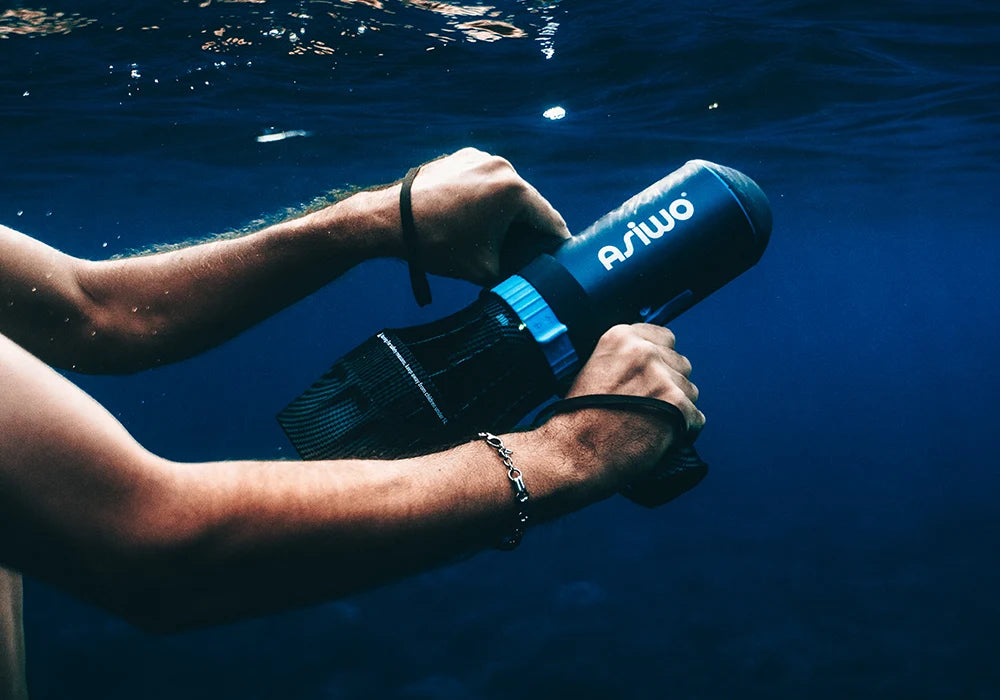




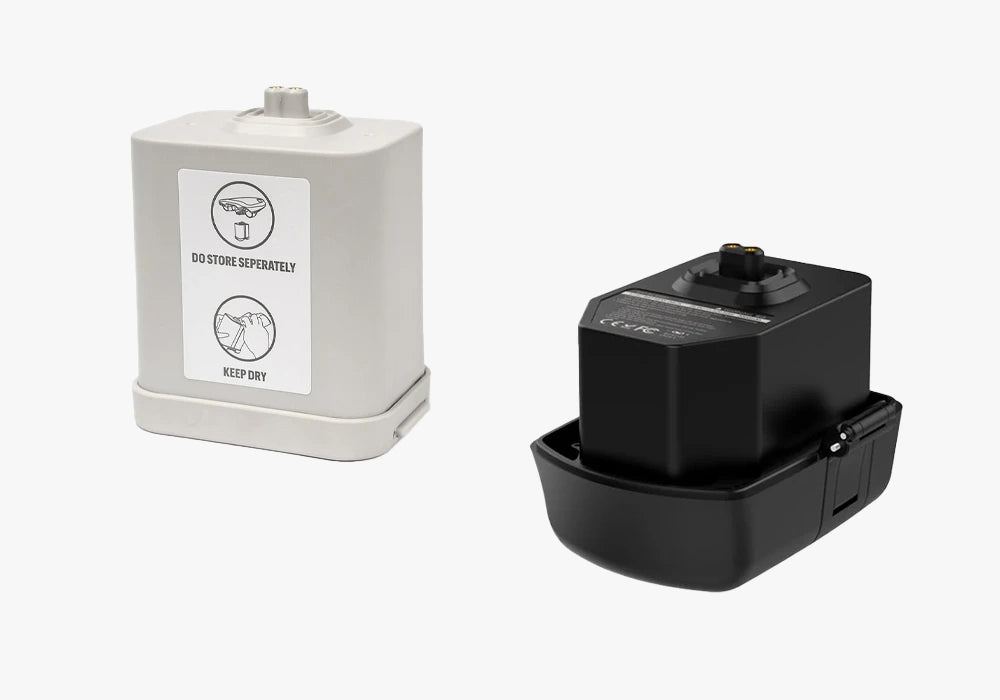





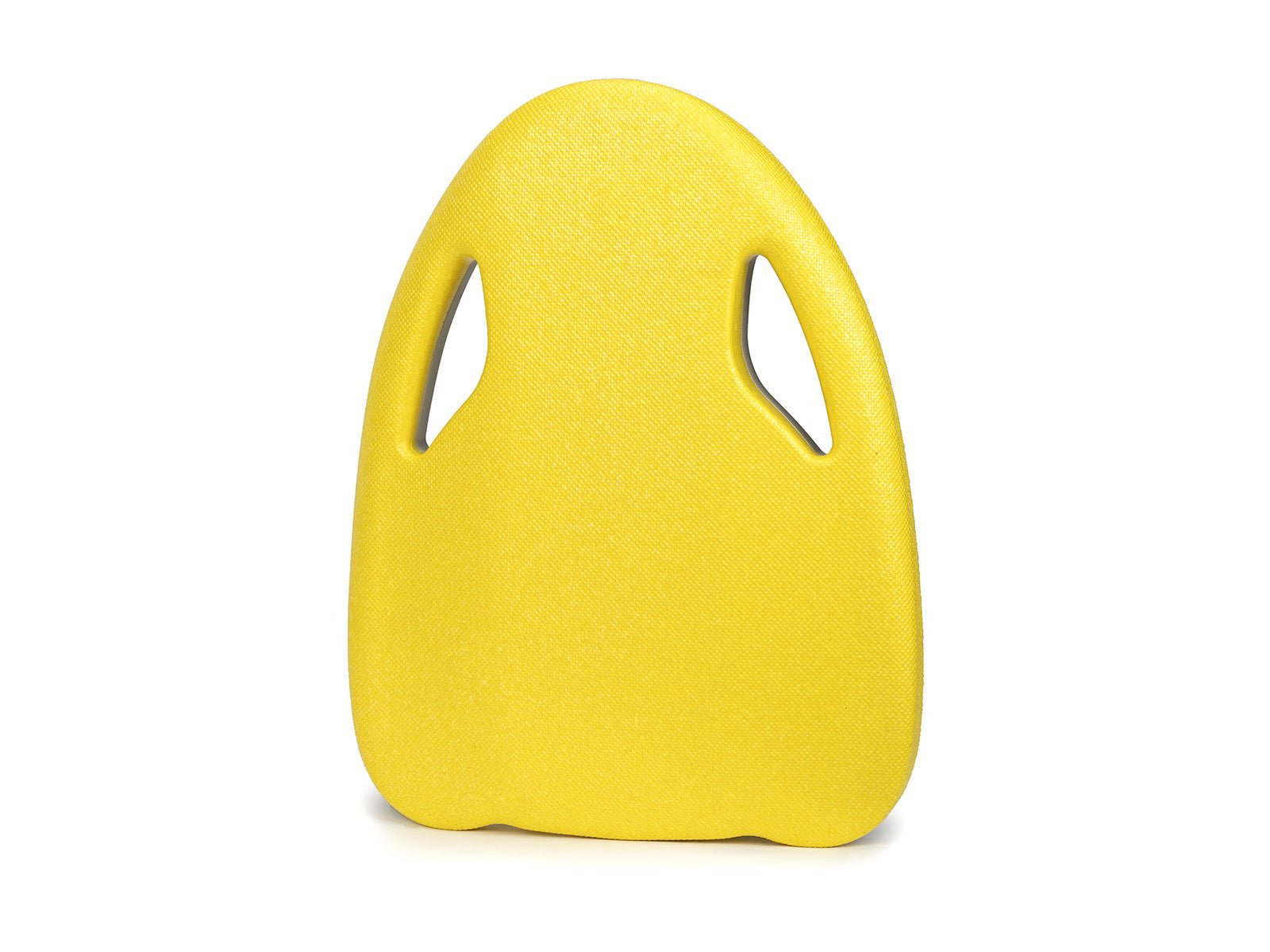
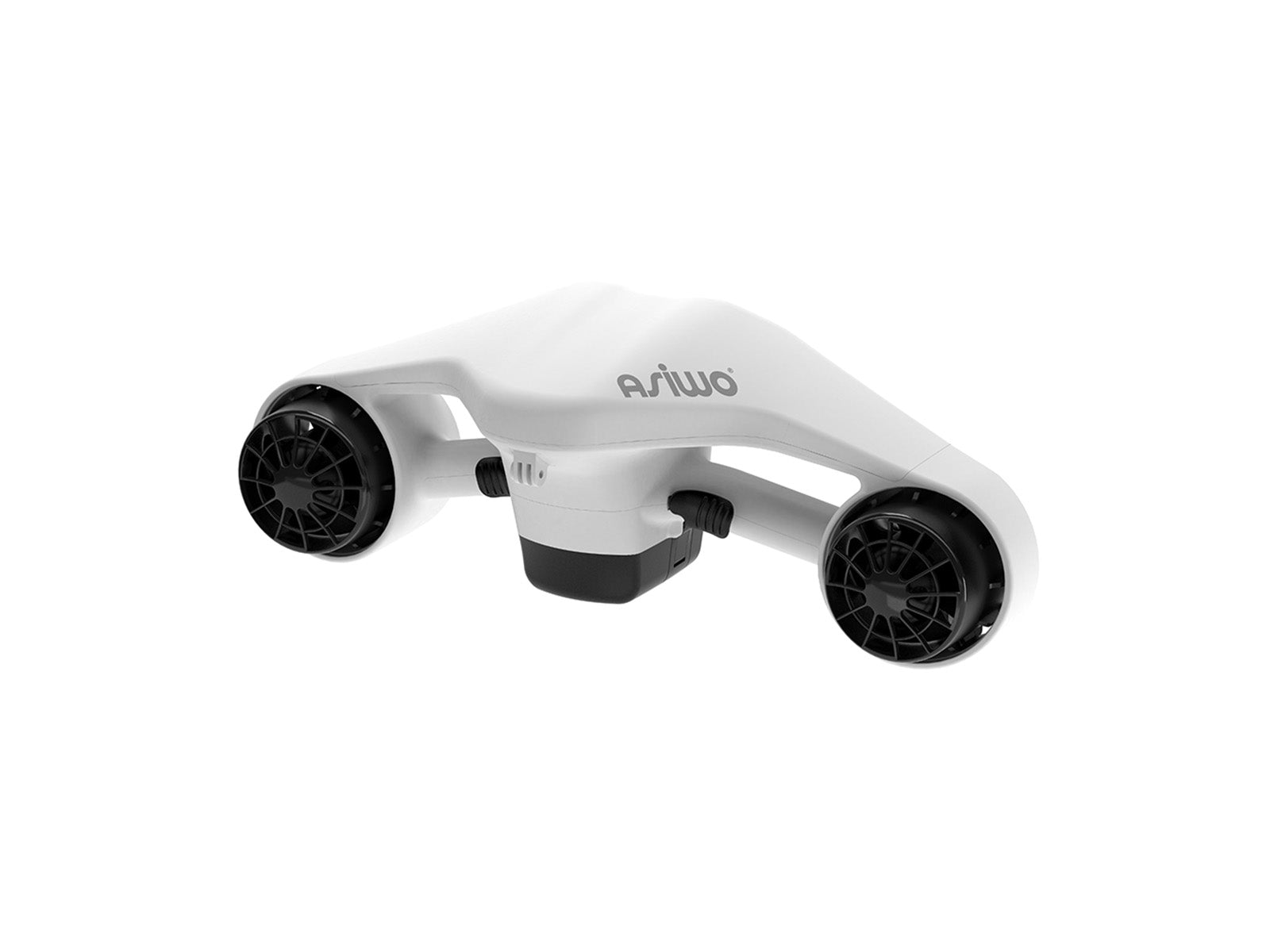
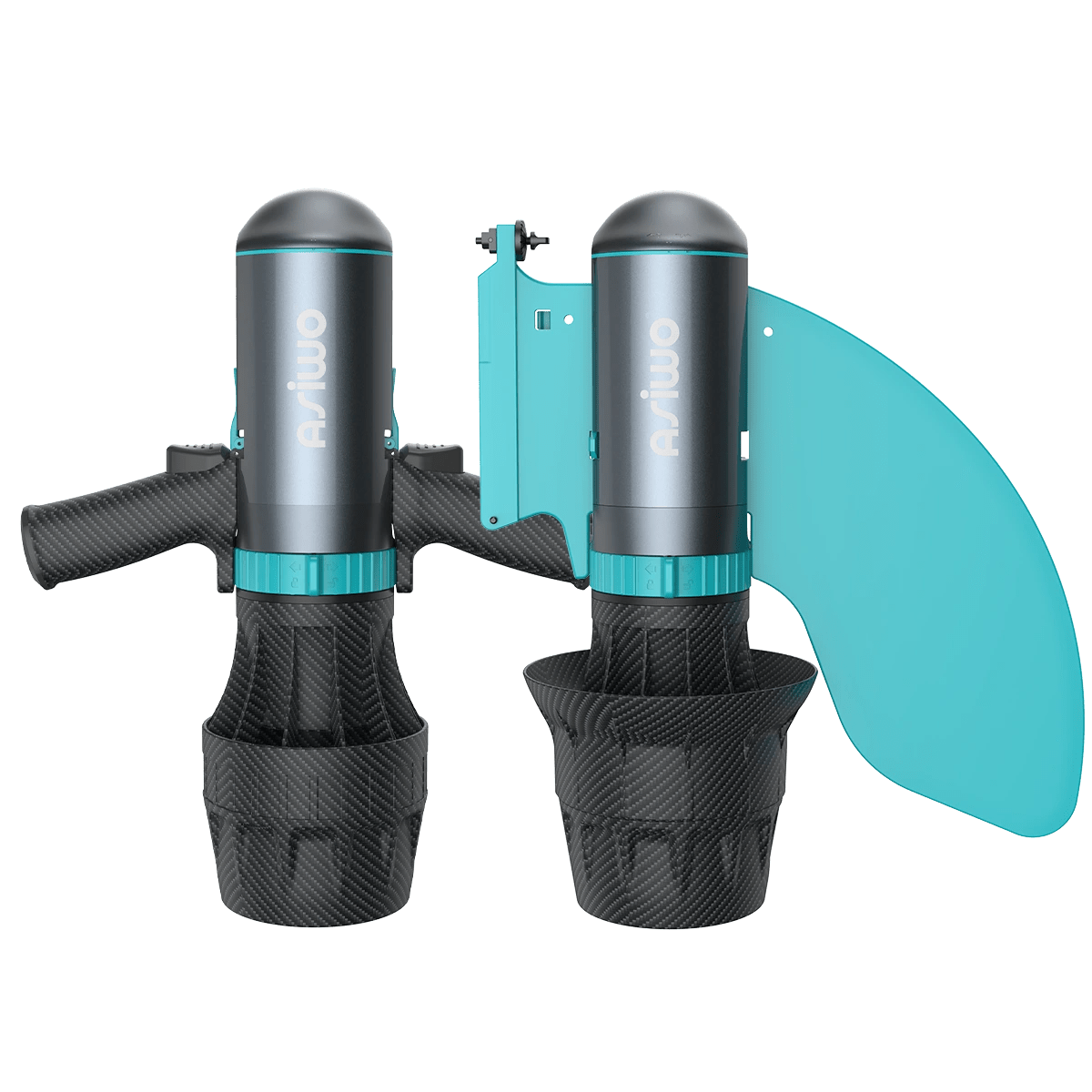




Hinterlassen Sie einen Kommentar